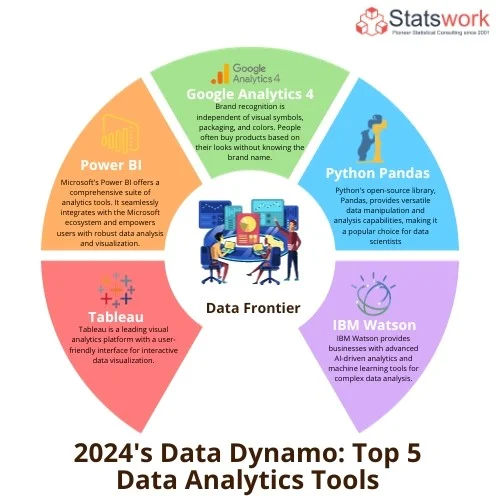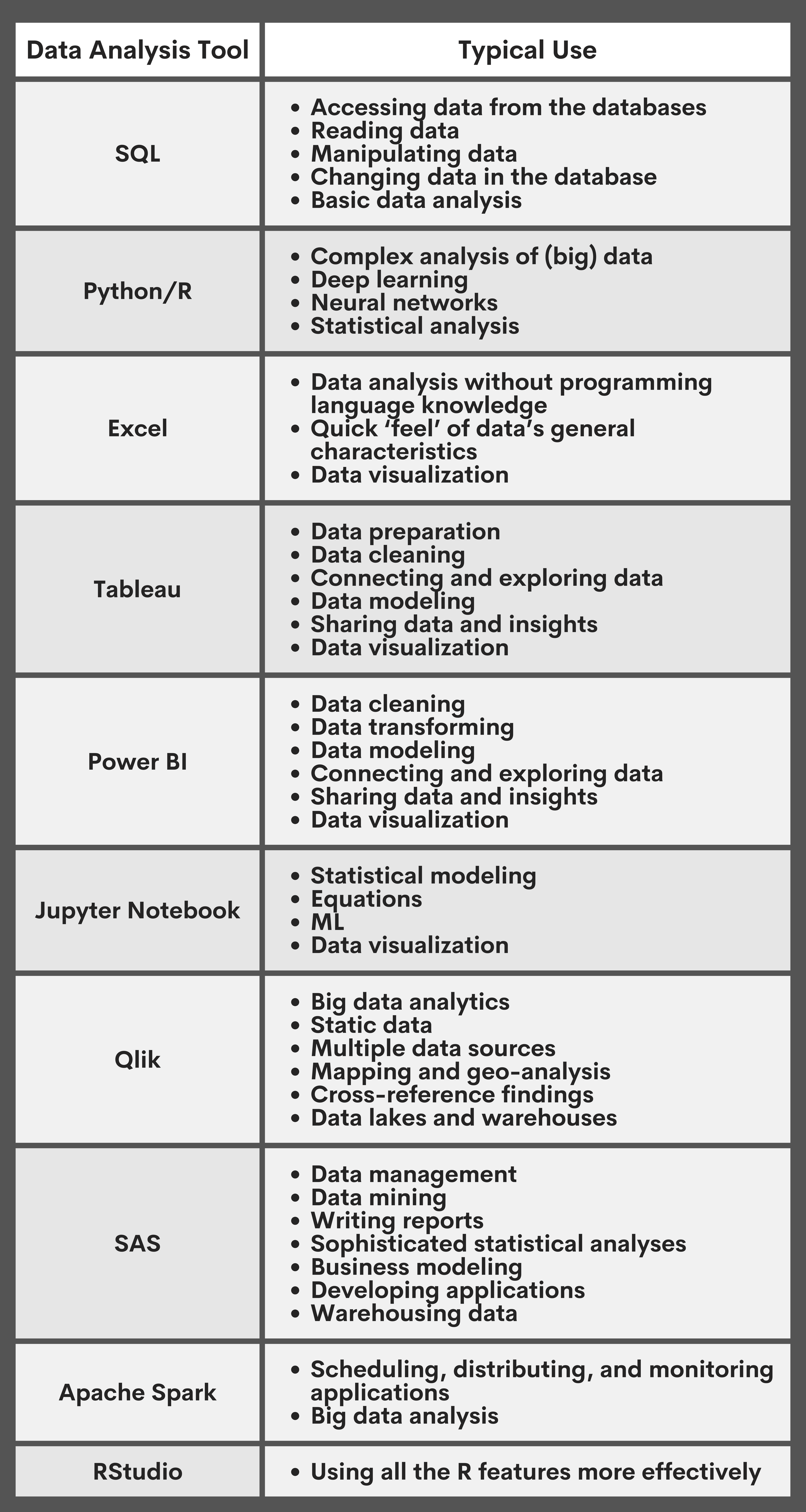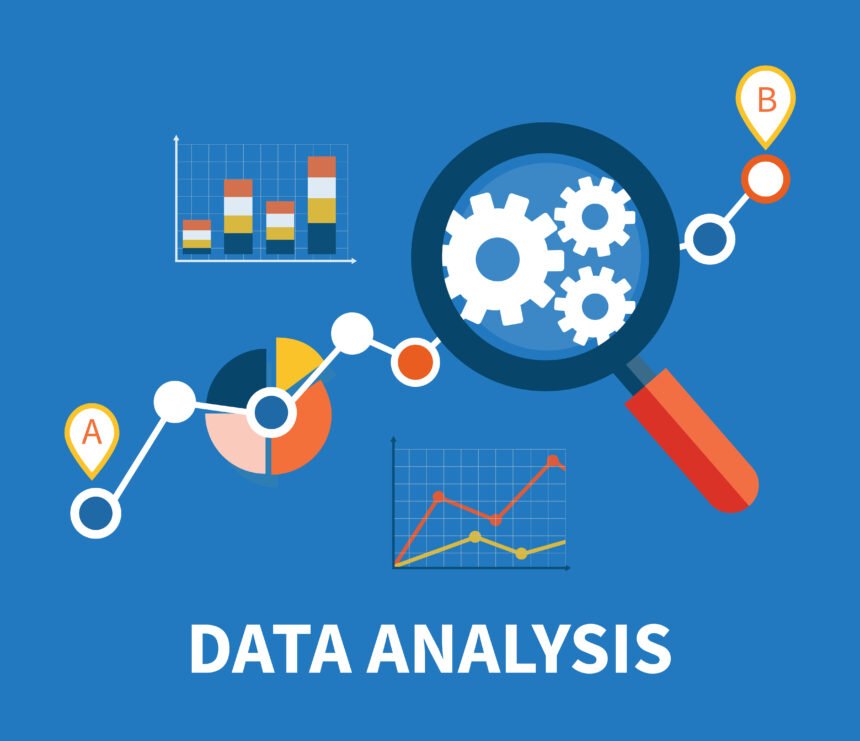Boost Decision-Making Power Via Reliable Analytics Tools
Boost Decision-Making Power Via Reliable Analytics Tools
Blog Article
Increase Efficiency and Success Through Information Analytics
In today's data-driven landscape, organizations are increasingly identifying the crucial duty of information analytics in enhancing functional effectiveness and success. By systematically analyzing data, organizations can reveal vital understandings that inform critical choices, streamline processes, and tailor customer experiences.
Comprehending Information Analytics
In today's data-driven landscape, recognizing data analytics is essential for companies intending to improve functional effectiveness and drive success. Data analytics entails the systematic computational analysis of information collections to uncover patterns, relationships, and insights that educate decision-making. By using numerous methods, such as analytical evaluation, device knowing, and anticipating modeling, organizations can transform raw information right into workable intelligence.
The process typically begins with information collection, where pertinent details is collected from multiple sources, including transactional data sources, consumer interactions, and market fads. This information is then cleaned up and organized to guarantee accuracy and consistency. As soon as the data is prepared, logical tools and software application are used to discover and picture the details, making it possible for stakeholders to recognize abnormalities and patterns.
Eventually, comprehending information analytics encourages companies to make informed choices based on empirical evidence as opposed to intuition. It assists in targeted methods that can optimize resource allocation, improve customer fulfillment, and enhance overall performance. As companies progressively identify the worth of data-driven insights, a strong understanding of data analytics comes to be an important expertise for leaders and teams alike, placing them for sustained success in an affordable environment.

Key Benefits for Services
Businesses that take advantage of information analytics can open a wide variety of advantages that substantially enhance their procedures and success. One of the key advantages is improved decision-making. Data analytics supplies workable understandings originated from real-time data, allowing services to make educated selections that straighten with market needs and consumer choices.

In addition, information analytics cultivates improved customer experiences. By recognizing consumer actions and preferences, companies can customize their offerings, bring about enhanced complete satisfaction and commitment. This customized strategy usually results in higher conversion rates and repeat service.
Furthermore, data analytics allows companies to recognize arising patterns and chances. By remaining ahead of the curve, organizations can maximize new markets and innovations prior to their competitors.
Applying Data-Driven Strategies
Effective execution of data-driven approaches calls for an extensive understanding of both offered data and business objectives resources. Organizations must first define their purposes clearly, guaranteeing alignment in between information efforts and strategic objectives. This quality makes it possible for groups to concentrate on appropriate metrics and insights that drive decision-making.
Following, organizations should analyze their existing information infrastructure. This involves reviewing data quality, availability, and assimilation abilities. Top notch data is necessary for exact evaluation, as bad data can cause misdirected methods and wasted sources. Organizations has to establish procedures for data collection, cleaning, and management to preserve data stability.
In addition, cultivating a data-driven society is essential. Staff members at all degrees must be urged to take advantage of information in their day-to-day operations. Training programs and workshops can enhance information literacy, empowering team to make informed choices based upon analytical insights.
Tools and Technologies Overview
A durable suite of innovations and tools is vital for organizations intending to harness the full possibility of information analytics. These devices assist in the collection, handling, and visualization of data, making it possible for companies to derive workable understandings.
At the foundational level, data monitoring platforms such as SQL databases and NoSQL systems supply reliable information storage and retrieval abilities. For information processing and evaluation, programming languages like Python and R, together with frameworks such as Apache Spark, allow intricate estimations and device understanding applications.
Visualization tools, including Tableau and Power BI, change raw data into intuitive visual formats, making understandings accessible to stakeholders in all degrees. Additionally, cloud-based systems like Google Cloud and AWS offer scalable storage space and processing solutions, fitting the growing volumes of data companies run into.
For advanced analytics, anticipating modeling and AI-driven solutions are increasingly embraced, permitting companies to anticipate trends and improve decision-making processes. navigate to this site Incorporating these tools into existing process is paramount; organizations that successfully utilize this technology can substantially enhance functional efficiency and drive productivity. Therefore, investing in the right devices and innovations is a strategic vital for any data-driven organization.
Study of Success
Leveraging data analytics has led many organizations to achieve remarkable enhancements in efficiency and success. One noteworthy instance is a big retail chain that applied predictive analytics to optimize inventory administration. By evaluating historic sales data and customer fads, the company minimized excess inventory by 30%, bring about significant expense financial savings and boosted cash circulation.
Another example can be located in the manufacturing industry, where a leading automobile manufacturer made use of data analytics to enhance its manufacturing procedures. By keeping an eye on maker efficiency in real-time, the organization determined traffic jams and inadequacies, resulting in a 20% rise in overall tools performance (OEE) This not only improved manufacturing rates but additionally reduced downtime and upkeep costs.

These situation studies illustrate how information analytics can drive tactical decision-making, optimize procedures, and eventually boost both efficiency and earnings throughout various sectors.
Conclusion
To conclude, the assimilation of data analytics right into company procedures presents substantial chances for improving effectiveness and earnings. By systematically evaluating information, organizations can you can find out more determine ineffectiveness, enhance customer experiences, and make educated decisions. The fostering of anticipating modeling and real-time surveillance even more allows businesses to stay ahead of emerging patterns and assign resources efficiently. Inevitably, the calculated implementation of data-driven techniques fosters sustained affordable advantages and drives significant renovations in operational efficiency and financial results.
In today's data-driven landscape, recognizing information analytics is necessary for companies aiming to improve operational effectiveness and drive success. Information analytics includes the systematic computational analysis of information collections to reveal patterns, correlations, and understandings that notify decision-making. Data analytics provides workable understandings obtained from real-time information, allowing companies to make informed selections that line up with market needs and customer preferences.
High-quality data is crucial for precise analysis, as inadequate data can lead to misguided strategies and wasted sources. Organizations should establish procedures for information check it out collection, cleaning, and administration to preserve data honesty.
Report this page